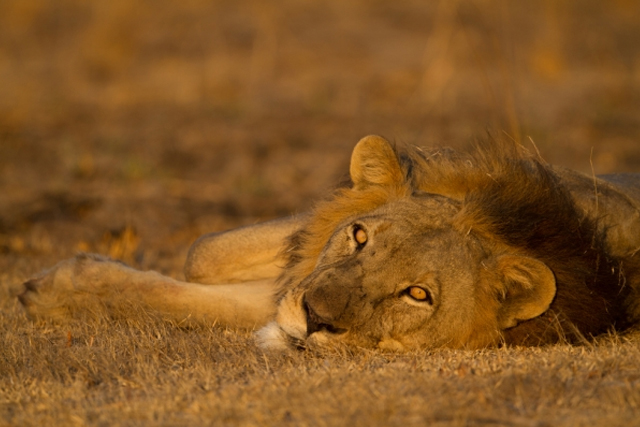Kafue National Park is located in south-central Zambia. The park received its name from the Kafue River which flows through the country. The majority of Kafue lies in the Central Zambezian Miombo woodlands. This ecosystem is comprised of Miombo trees, savanna grasslands, and marshy dambos during the rainy season.
You are invited to discover and learn more about Kafue National Park and what makes it one of the Seven Wonders of Zambia.
What makes Kafue National Park one of the Seven Wonders of Zambia?
Statistically speaking, Kafue National Park is the largest national park in Zambia and the second largest national park in all of Africa. There are over 55 different wildlife species calling Kafue home.
The lake is not particularly deep with the maximum depth reaching 320 feet (97 m). The 200 billion tons of water is believe to have been the primary contributing factor in the increase in seismic activity. The area has had more than 20 earthquakes since the installation of the dam.
Aesthetically speaking, Lake Kariba features numerous islands that add to the aesthetic characteristics. With additional investments from man, Lake Kariba has become a fertile ecological area. Tigerfish, kapenta, and other game fish are plentiful. Wildlife includes crocodiles, hippopotamuses, Fish eagles and numerous other aquatic oriented birds.
What are the best ways to see and experience Kafue National Park?
There are a variety of ways to see and experience Kafue National Park. Game drives are probably the most common and certainly recommended. Open aired vehicles provide close encounters with nature.
There are other activities that enhance a visit to Kafue National Park. Visitors should plan to take a balloon ride over the park and wildlife below. You can take boating or canoe trips year round, with more accessibility during the rainy season.
What is Kafue National Park weather like?
The best time to visit Kafue national park is during the dry season which runs from June through October. Much of the park is inaccessible during the rainy season which runs from November through April. Travel to Kafue during these months is permissible, it just means that lodge options are limited. The rainy season brings more green life and migratory birds.
The daytime temperatures are still warm during the other months, but the evening can become more chilly. The temperatures range during these months from 78oF (26oC) to 100oF (40oC). October tends to be the warmest of these months.
When is the best time to visit Kafue National Park?
The best time to visit Kafue National Park is during the dry season months of June through October. Mid-July, August and September are probably the best. As the river ways start to dry up, wildlife tends to be easier to find as animals congregate at or near watering holes.
The rainy season and shortly afterwards make for opportunities to take boat cruises to experience the park and wildlife. The more adventurous travelers can take canoe trips to experience the animals. This is both relaxing and more personally engaging with nature.
How do you get to Kafue National Park?
Kafue National Park represents a massive area, so it depends on which part of the park you are trying to reach. It is possible to drive from Lusaka north of the park to Kafue or from Livingstone south of the park. The roads between either one are fairly well paved. A common plan is to leverage local charter services that fly to various airstrips in different areas of the park.
Lodges are often remotely located in the park, and it is possible you may even be leveraging helicopter service to get from airstrips to the lodge.
Photography Tips for capturing Kafue National Park
Photography in Kafue National Park represents typical safari and wildlife photography challenges. As the sun rises, you will be fighting shadows as you photograph the animals of the park. A telephoto or zoom lens will be your expected lens of choice. Although it is possible to get too close to animals rendering a long lens irrelevant.
Further tips and insights will be added as experienced or discovered. If you are a photographer and have insights to share for future photographers visiting Kafue National Park, please submit them to Seven Wonders through the Contact Page.
